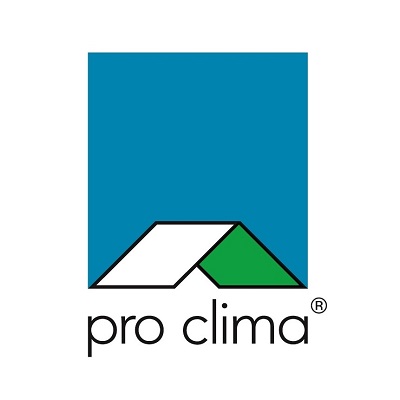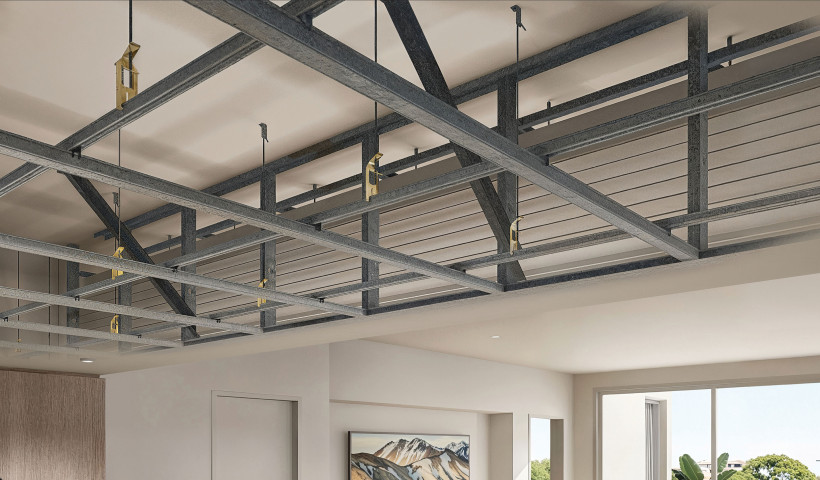
Over the past 18 months, Rondo have been investigating imported Chinese-manufactured light-gauge steel products supplied to both the New Zealand and Australian markets. The findings highlight a significant issue — many of these imported products fail to meet the Base Metal Thickness (BMT) requirements necessary for compliance with AS/NZS 4600 and, consequently, the New Zealand Building Code (NZBC).
Why base metal thickness (BMT) matters
BMT is a critical factor in ensuring the structural integrity of steel framing. In New Zealand, light-gauge steel must comply with AS/NZS 4600, the standard governing cold-formed steel structures, which applies to both fire-rated and non-fire-rated walls and ceilings.
AS/NZS 4600 requires that the uncoated steel thickness at any point in the product, as delivered to the job site, must be at least 95% of the design thickness. Rondo’s testing has revealed that some imported steel products fail to meet this requirement, putting the structural integrity of New Zealand buildings at risk.
Some Chinese steel mills appear to be manufacturing at the lower end of the tolerance range for flat-rolled steel products, but New Zealand’s building industry requires tighter tolerances as specified in AS/NZS 4600. Products failing to meet this standard could pose risks to safety, durability, and compliance with NZBC.
Investigation findings: BMT compliance failures
The Cutting Corners investigation covered multiple imported products, including publicly available test data from a supplier selling in New Zealand.
One large importer’s own technical literature shows a nominal BMT (e.g. 0.50 BMT) and an actual BMT (e.g. 0.468mm) which is below the 95% compliance requirement of AS/NZS 4600. If nominal BMT is used in design, the product fails to meet the 95% requirement, making it non-compliant with AS/NZS 4600 and the NZBC.
Using non-compliant steel can compromise structural integrity, fire compliance, and safety, especially in fire-rated walls, external walls, and ceilings.
Some suppliers claim their products are equivalent to Rondo steel, but the investigations findings show significant differences, particularly in:
- Base Metal Thickness (BMT)
- Coating protection
- Dimensional tolerances
- Manufacturing quality
Many fire-rated systems in New Zealand were tested using Rondo steel. Substituting with non-Rondo and non-compliant steel jeopardises both fire safety and building performance.
Verify your steel products
Builders, contractors, and designers in New Zealand are urged to verify compliance before using steel framing products. Cutting corners on compliance can have serious consequences — compromised safety, costly litigation, and reputational damage.






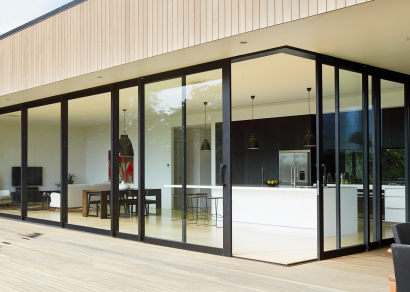
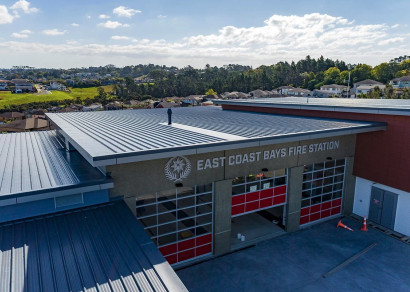
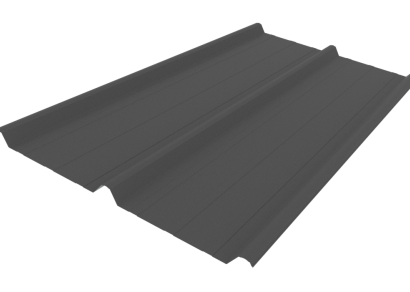
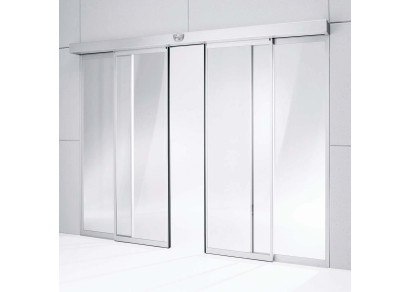
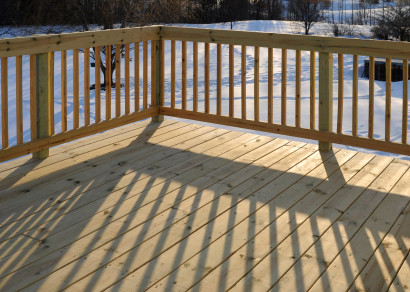
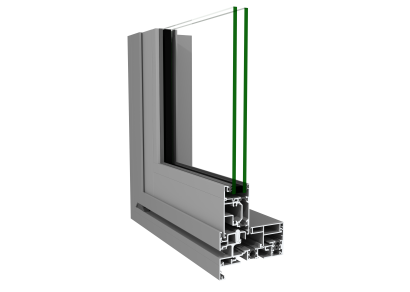
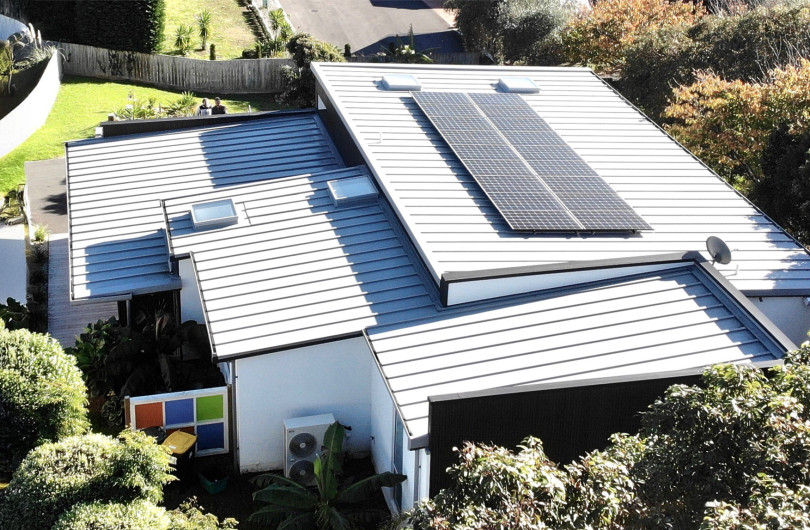
 New Products
New Products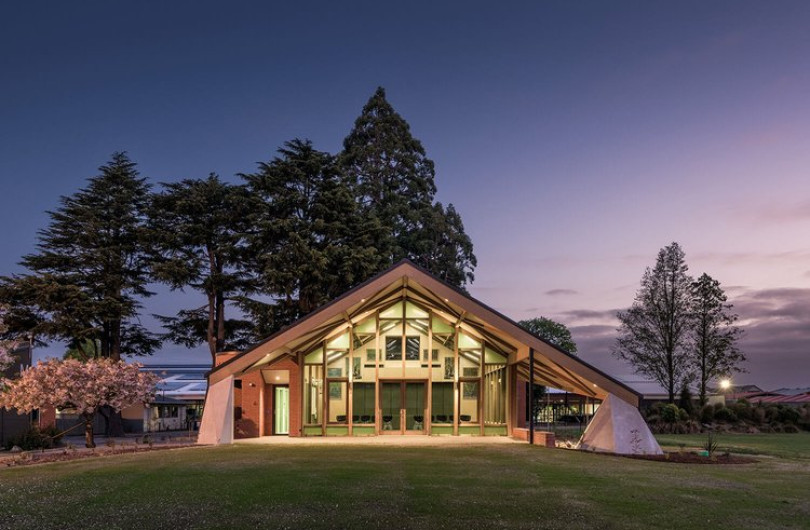


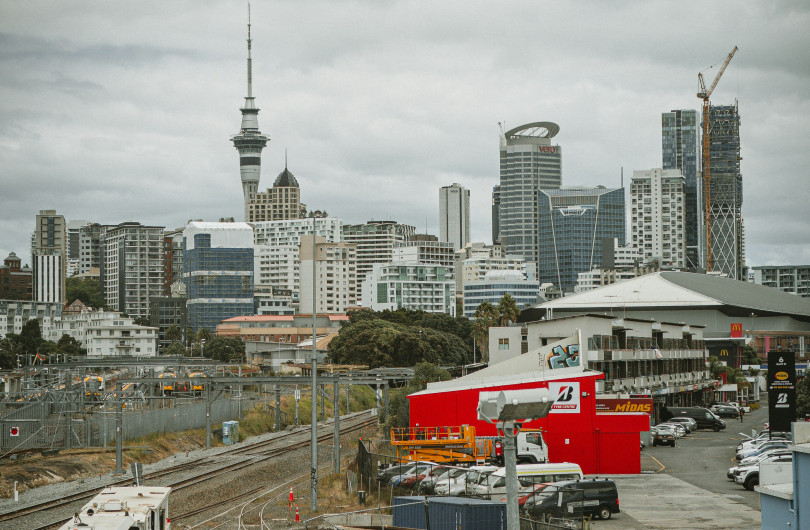

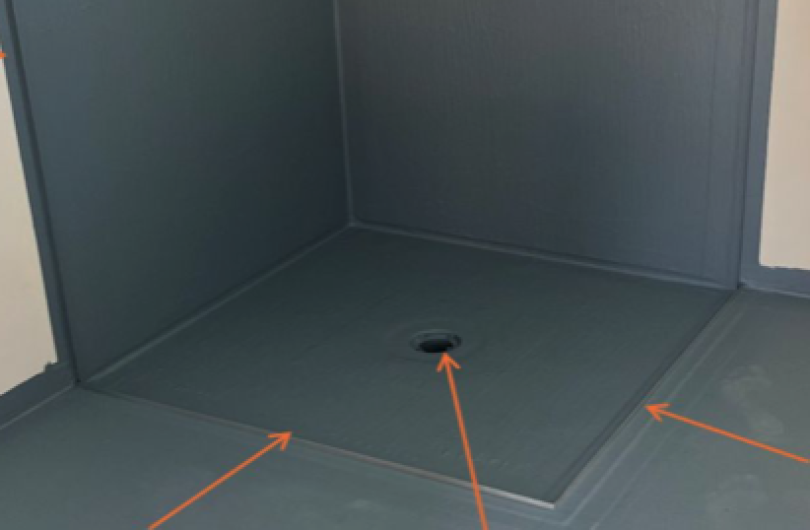




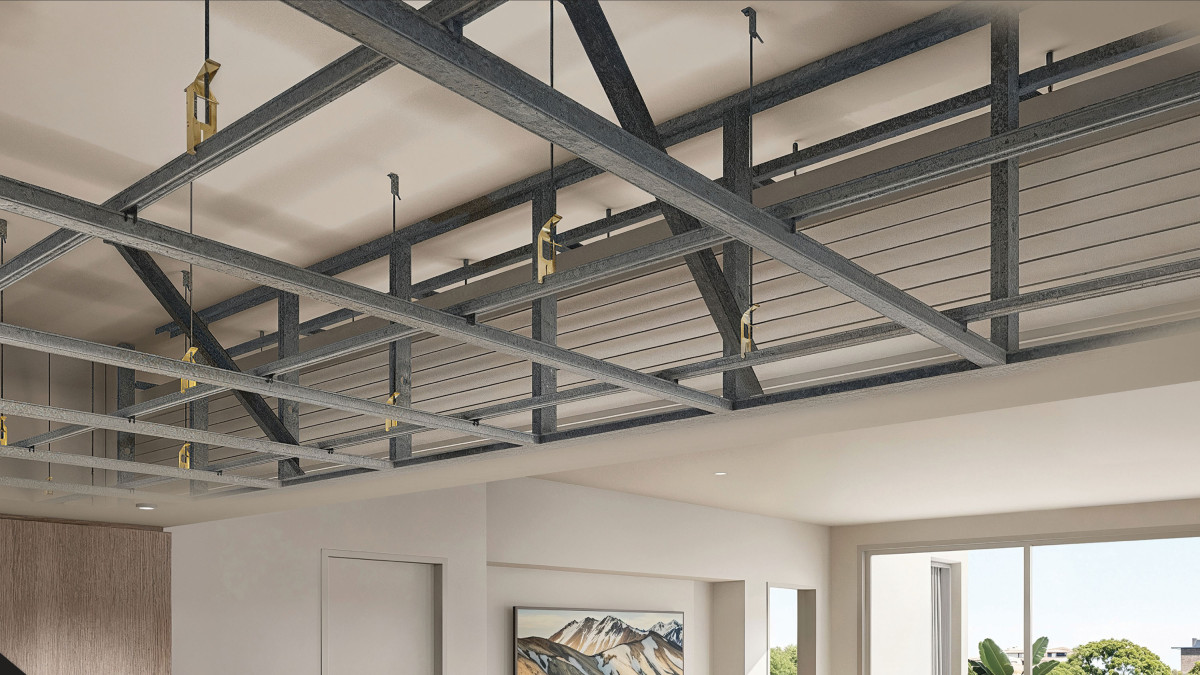




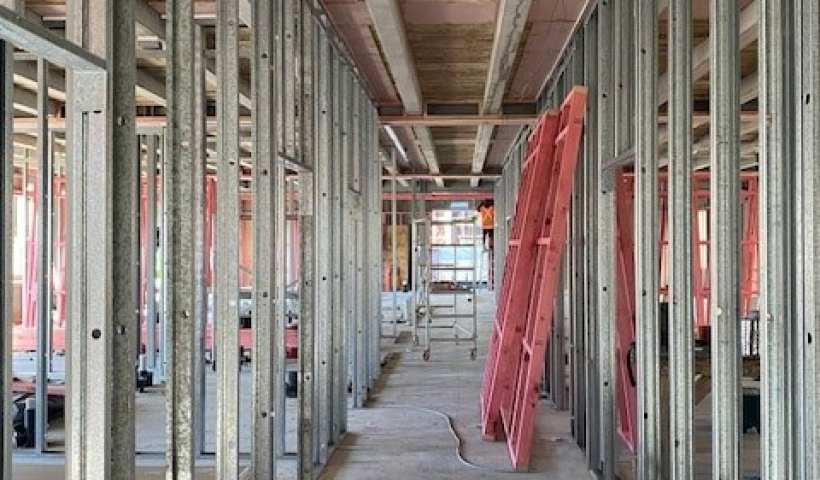
 Popular Products from Rondo Building Services
Popular Products from Rondo Building Services


 Most Popular
Most Popular


 Popular Blog Posts
Popular Blog Posts